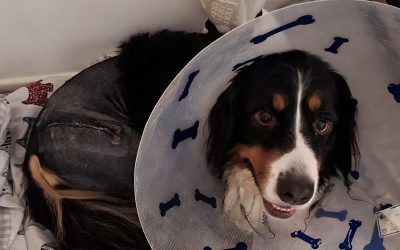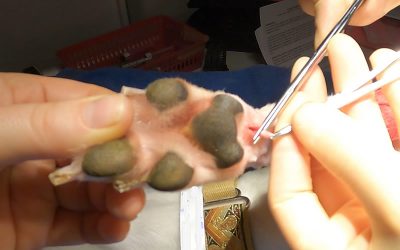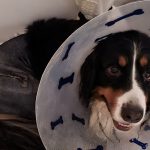We had a request from one of our clients to do a post on signs of bloat in dogs to try to help people identify the condition as soon as possible in their pets.
We thought it was an excellent suggestion as early detection of this condition is key to saving the life of your dog.
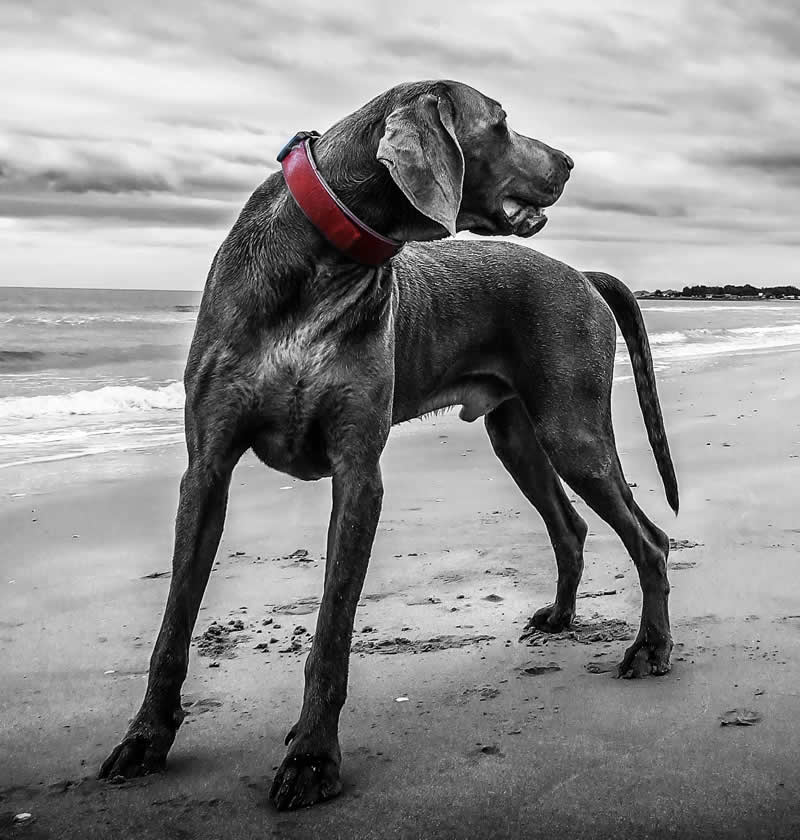 Gastric dilatation volvulus, which is also known as bloat, or more commonly abbreviated to GDV, is a condition which most commonly affects large, deep chested dogs (e.g. Great Danes, Setters, Mastiffs etc) but any breed could potentially be at risk.
Gastric dilatation volvulus, which is also known as bloat, or more commonly abbreviated to GDV, is a condition which most commonly affects large, deep chested dogs (e.g. Great Danes, Setters, Mastiffs etc) but any breed could potentially be at risk.
Unfortunately, nobody knows the exact cause of the condition but for some reason the stomach begins to fill with air and because of the way the valve on the stomach works it cannot come out again easily.
The stomach becomes bigger and bigger which means it starts to put pressure on the other organs within the abdomen and the lungs and heart.
This pressure means that the blood flow around the body is severely compromised which lead to parts of the body not getting enough oxygen.
The situation can sadly progress even further than this, as in some cases the stomach becomes so large that it actually twists back on itself.
If this happens, then the blood supply to the stomach and some of the other abdominal organs can be completely blocked off leading to organ failure. Bloat is a very serious condition and if left untreated would inevitably be fatal.
The highest chance of a successful treatment outcome is with early detection and if a twisting of the stomach has occurred, then rapid surgical intervention. The initial signs can be quite subtle.
The dog will commonly become restless and their breathing rate may go up or you may think it appears more laboured. As the condition progresses you may notice the dog begin to dry-wretch or seem to be producing excessive amounts of saliva.
You may also notice the dog’s abdomen begin to bloat or the dog may go very wobbly on his/her legs, their gums may look pale and eventually would lose the ability to stand up.
If your dog is showing these signs, any time DAY OR NIGHT, then please call us immediately. Our staff will then be able to give you advice on how best to proceed.
We have attached an x-ray to show just how big the stomach can get with this condition- please compare it to the normal x-ray we have also included.
If you have any questions, please call to speak to one of our vets
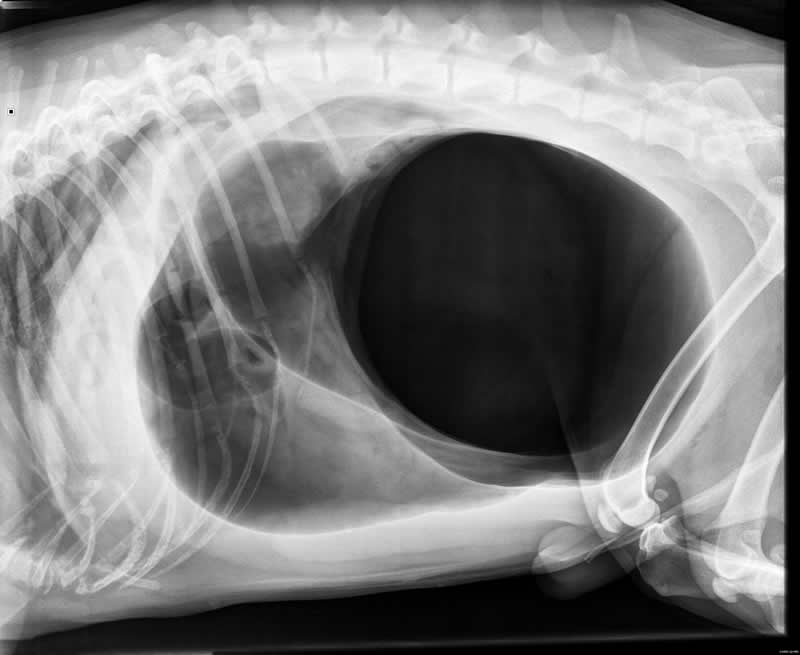
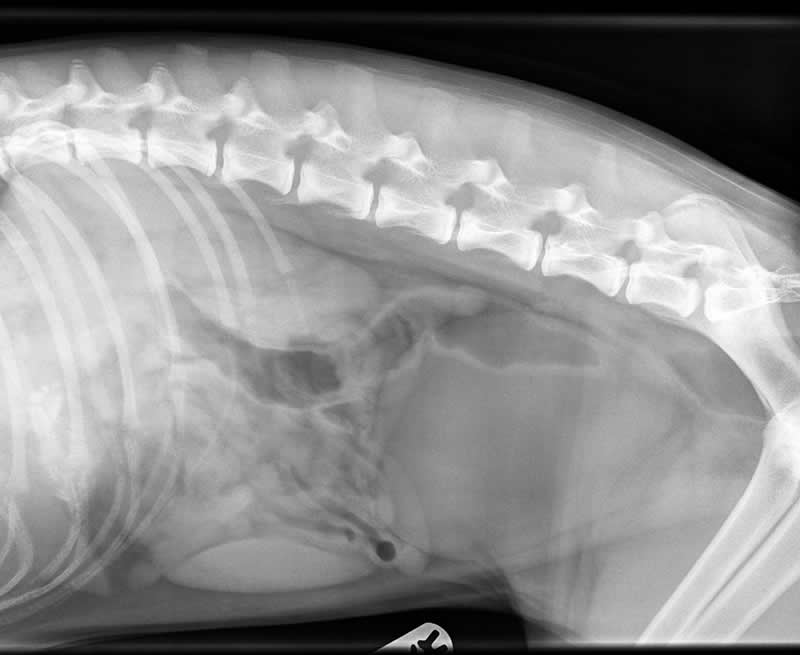
Some of the things you can do to try to prevent your dog from getting bloat include:
- Feeding a few times a day rather than just one big meal
- Slowing a speedy eater down, using a Slow Feeding Bowl
- Not feeding from a raised feeding station or bowl
- Not only feeding dry food (or making sure you soak the biscuits first)
- Not letting your dog drink too much water at one time
- No heavy exercise just before or just after eating

From my own experience and that of people I know who have had dogs of their own that have developed bloat.
Every minute matters. Do not delay. Go straight to the surgery.
From recognising the very early signs in Roxy to being on the x-ray table was less than 45 minutes and she still didn’t make it.
David in Bicester
Hip Hip Hooray for Ava
Ava is now seven months on from her surgery. She is very lively and is behaving like a puppy again!
Updated Prescribing Rules for Parasite Control Products
On 1st September 2023 our regulatory body, the Royal College of Veterinary Surgeons (RCVS), introduced new guidance on the prescribing of certain veterinary medicines
A Corny Tale
Vet Cliff Maw performed a superficial digital flexor tenotomy on Sidney the Whippet

